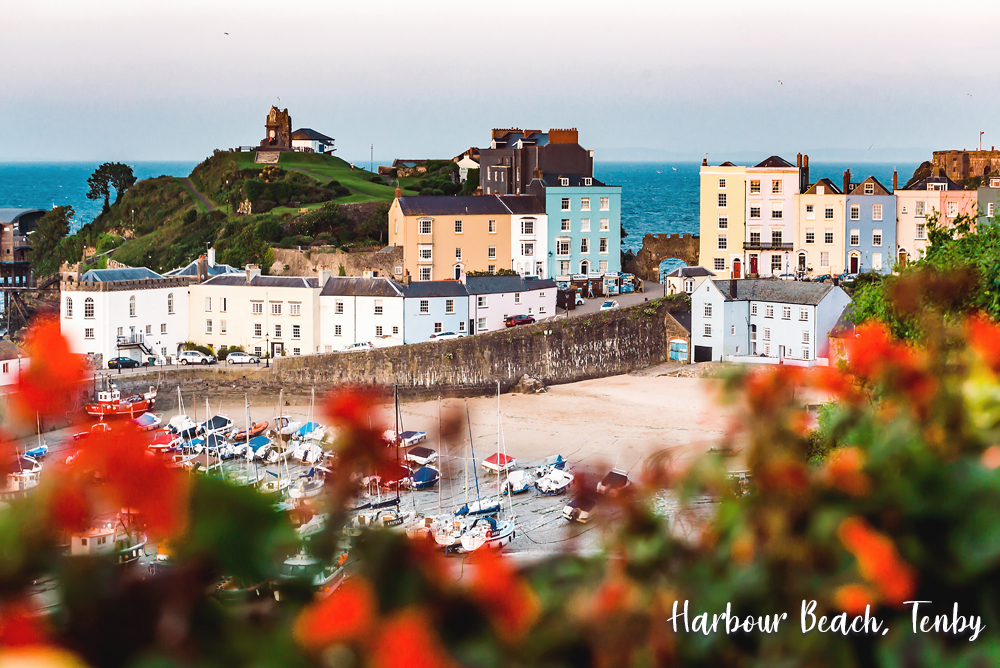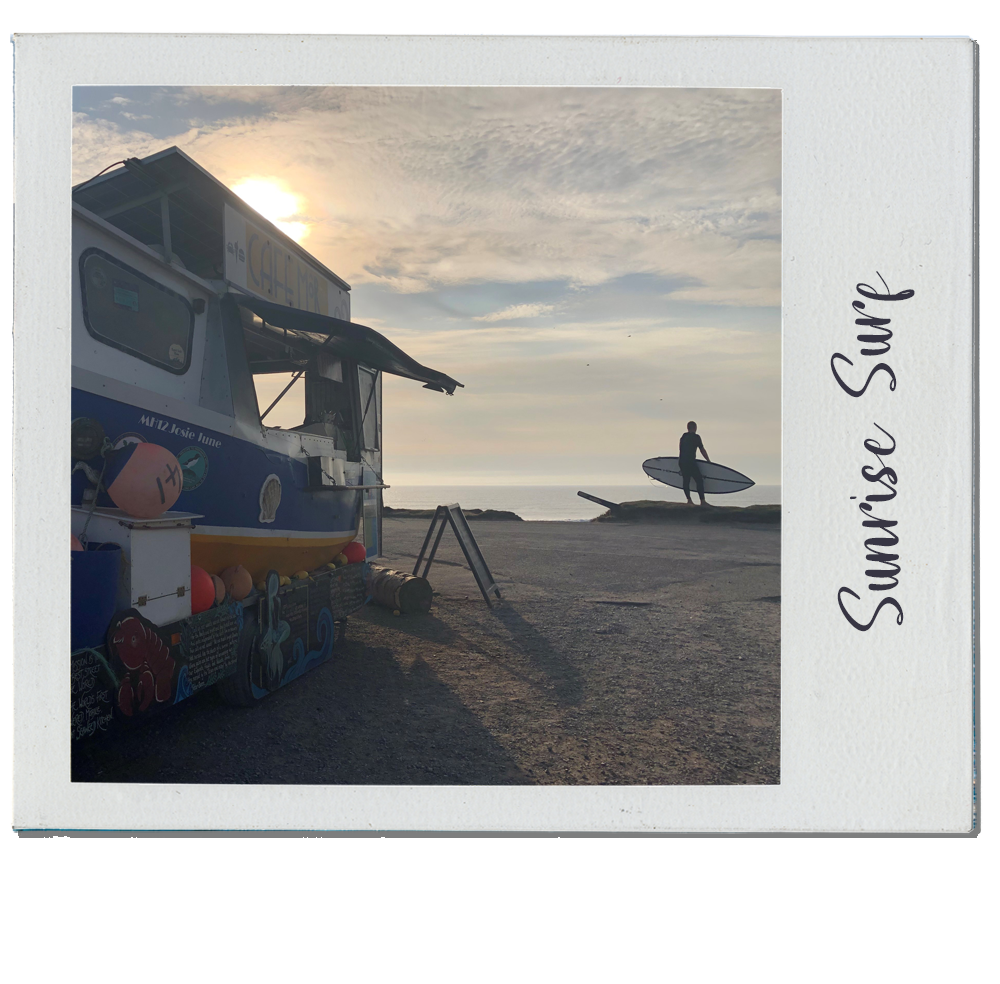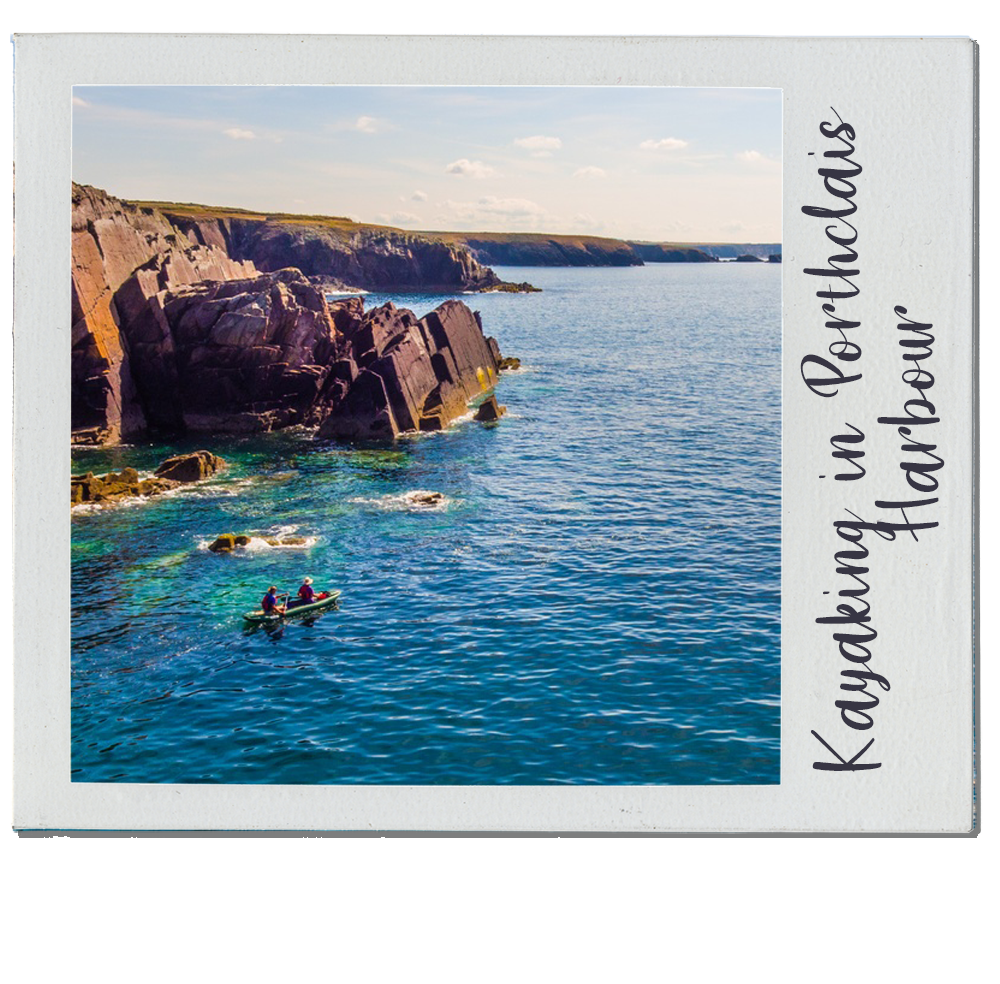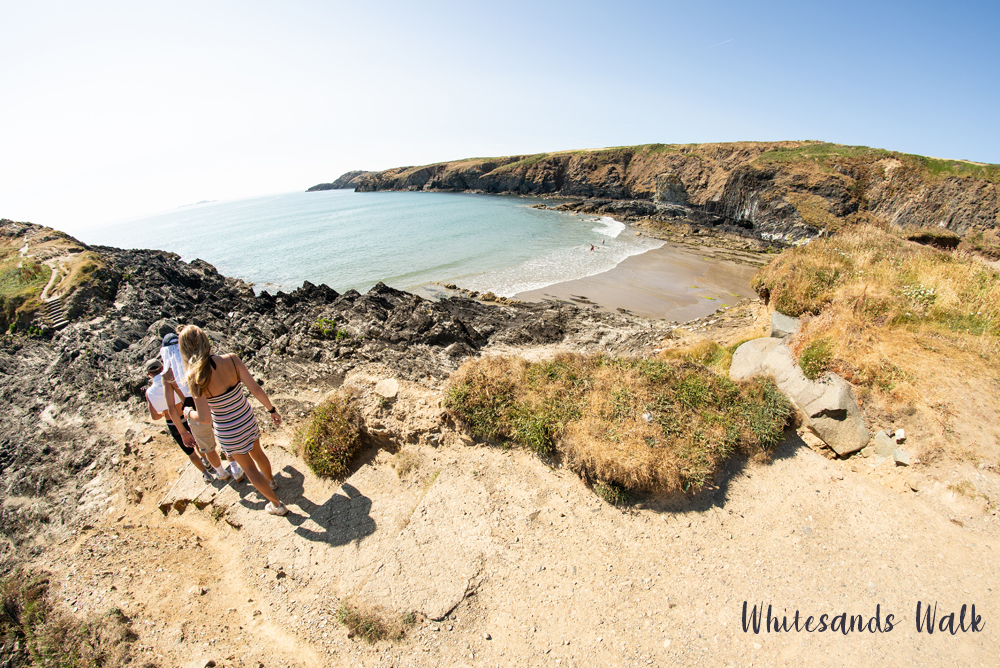
What's it all about?
This county in southwest Wales is famous for its rugged coastline of cliffs, caves and windswept beaches, all of which make up the UK’s only coastal national park. You can also expect colourful seaside towns, more castles than Disney’s back catalogue and coveted wildlife.
This is a feature from Issue 6 of Charitable Traveller. Click to read more from this issue.

Postcard Perfect Towns
Tenby is a quintessential seaside destination, with rows of Georgian houses painted ice-cream shades, a pretty harbour with bobbing boats, a lively town stuffed with pubs and fish and chip shops and four surprisingly unspoilt beaches. The walled town is ripe for wandering, with other attractions including a fort, lifeboat station, and ruined castle.
Charming Manorbier has pretty cottages, a Norman church, a cosy pub, and a quaint tea room. It’s lovely beach is backed by an imposing castle.
Solva is a colourful village with a long, narrow harbour. Upper Solva, clinging to the steep green hills above, and Lower Solva, at the harbour’s hilt, are both home to great pubs, cafe’s, art galleries, and local shops.

Get Sporty
Pembrokeshire is a haven for watersports including surfing, stand up paddleboarding, kayaking, scuba diving, and coasteering. The latter involves exploring the coast by scrambling over rocks, jumping and swimming, with the chance to explore sea caves and gullies with an experienced guide.

UK's Smallest City
Tiny St. Davids was bestowed city status thanks to its cathedral. Pilgrims have flocked here since Wales’ patron saint built a monastery in the 6th century. His shrine is still in the dusky-mauve cathedral, which is tucked away in a grassy hollow beneath the rooftops of the diminutive city. Make sure you wander the village-like streets past charming stone cottages and stop to visit a team room, ice cream parlour, or pub.
Pembroke Castle is an impressive medieval fortress where Henry VII was born. Explore hidden passages and enjoy views from the towers


Walk the Path
the Pembrokeshire Coastal path stretches for 186 epic miles and its ascents and descents are the equivalent of climbing Everest. Walkers are rewarded with astounding scenery, including 58 beaches and 14 harbours. Backed by rolling green fields, the dramatic coast has been carved by glaciers, volcanic forces and surging seas. The path is edged with pink sea thrift and golden gorse and you can spot birds and basking seals.
Highlights include the lonely remains of the medieval chapel of St. Non’s, birthplace of St David; the Green Bridge of Wales, a natural arch pounded by surf and crammed with crying seabirds; the Blue Lagoon, formed from an old slate quarry, and many golden beaches, including Freshwater West which was used in a Harry Potter film.
The coastal bus service, which has various cute names like the Puffin Shuttle and Poppit Rocket, makes it easy to walk sections of the path.
Don't forget to look inland
Visit the idyllic Cwm Deri vineyard to wander its woodland walk amongst the vines and enjoy a tasting of Welsh wine. Or walk the wild moorland and heath of the Preseli Mountains, where you can see across Wales to Snowdonia or, on a clear day, across the sea to Ireland.

Discover one of Pembrokeshire's exciting islands...
Caldey Island
A 20-minute boat ride from Tenby, this island is owned by an order of monks who reside in the pretty whitewashed abbey with its terracotta roof, set above a steep rock garden.
Ramsey Island
This island is owned by the bird charity, the RSPB. It’s a breeding stronghold for the chough, a rare type of crow, home to a huge cliff where diving gannets can be seen and hosts the largest colony of grey seals in southern Britain.
Skomer Island
The country’s largest island is a National Nature Reserve with the largest, most accessible colony of seabirds in southern Britain. The cliffs are teeming with fulmars, razorbills, guillemots and kittiwakes, while puffins waddle the footpaths and their burrows dot the clifftop turf.
This is a feature from Issue 6 of Charitable Traveller. Click to read more from this issue.

















 by net effect
by net effect